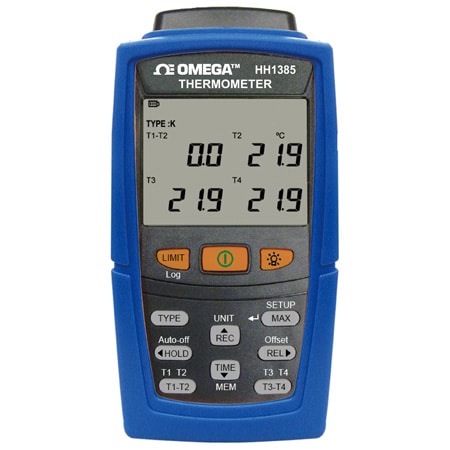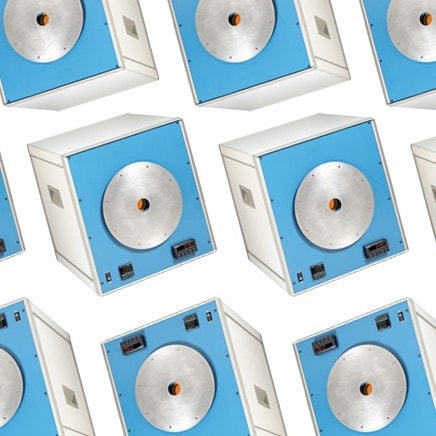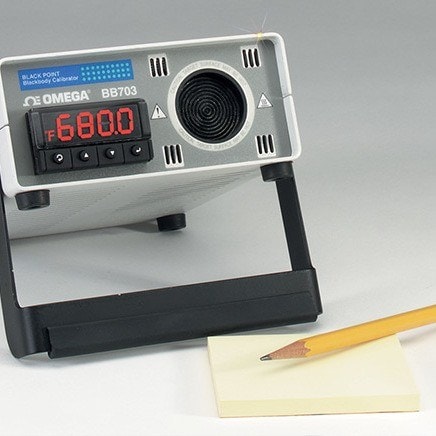Storing food at the proper temperature is essential to prevent bacteria, such as salmonella and E. coli, from growing to dangerous levels that can cause illness. Meat and food storage companies must therefore carefully monitor food temperatures to meet US regulatory agencies requirements for food safety.
Proper food storage temperature also helps keep food fresher, longer. For restaurants, preventing spoilage and ensuring that food remains fresh is an economic necessity as well as a regulatory one.Fridges and freezers where meat and other food items are stored should be continuously monitored to ensure appropriate temperatures are maintained. A temperature data logger is the best method to monitor a fridge, freezer, or other food storage facility. When selecting a temperature data logger, here’s the key criteria you need to consider:
Data Logger Accuracy
Not all data loggers provide the same level of accuracy. Your application requirements will help define whether high accuracy is needed or not. However, in food storage situations where you have temperature-sensitive products, a greater accuracy, such as 0.002°C is often necessary.
It is also important to determine if accuracy specifications for a specific data logger are over an entire measurement range or a single value. Data logger resolution, which indicates the smallest difference that the logger can identify in the value, should also be considered. Resolution is not the same as accuracy and doesn’t necessarily mean you will get “better” measurements, but it can be important if your application requires the ability to measure minute differences.
Internal Sensor vs. External Probe
Temperature data logger models include those with internal sensors and those with an external probe such as a thermocouple or Pt100 input. For example, if you need a display outside of the fridge or cooling area, you can install an external temperature probe inside the fridge with the data logger probe input outside. Another advantage of an external probe model is that they typically have higher accuracy.
Data Logger Display and Access
If you merely want to log data, you do not need a data logger with a display. However, if you want to be able to see the temperature, you will need a data logger with a display.
How you gain access to logged data is another important consideration. To access and download data from the data logger there are four options:
- USB: You can connect the data logger directly to the computer. However, one downside to this approach is that you will need to take the data logger to the computer or the computer to the data logger.
- SD Card: You can extract the SD card without taking the data logger with you.
- Wi-Fi: You can download the data using the Wi-Fi network. However, a data logger inside a fridge wouldn’t be able to connect to a network due to the Faraday cage effect.
- Ethernet: This is a wired option that would allow you to directly connect your computer to a data logger inside or outside the fridge. However, running an ethernet cable can be costly or time-consuming versus other options.
Cost Considerations for Temperature Data Loggers
When considering the cost of a data logger, it’s important to look at the whole cost, not just the cost of the data logger. For example, is the software you need to download the data included for free or is this an additional cost? Another factor is whether it uses batteries or connects to a power source. If it uses batteries, are the batteries rechargeable or easily replaceable household batteries? These may seem like small details, but over a lifetime of use, can add significantly to the cost and maintenance of logging temperature data.
Data Logger Support
Typically, temperature data loggers are easy to operate and install. But, having a trusted provider who can provide assistance in the selection and offers after sales service and support is a value-add worth considering.
Best Data Loggers for Food Storage Temperature Monitoring
OMEGA offers a range of temperature and humidity loggers for various applications. These include:
- OM-DVT4 is a four-channel logger for situations demanding multiple data sets, such as when several freezers are used for storage. Accepting inputs from three external probes plus the internal sensor, this has an LCD display showing all four temperatures along with alarm status, memory remaining, sample status, and other settings.
- OM-HL-EH-TC is an eight-channel portable handheld thermometer/data logger with a large LCD display, which can take all 8 types of thermocouple inputs. This user friendly data logger is powered by an internal battery and capable of sampling, processing and displaying measurements without being connected to a computer.


